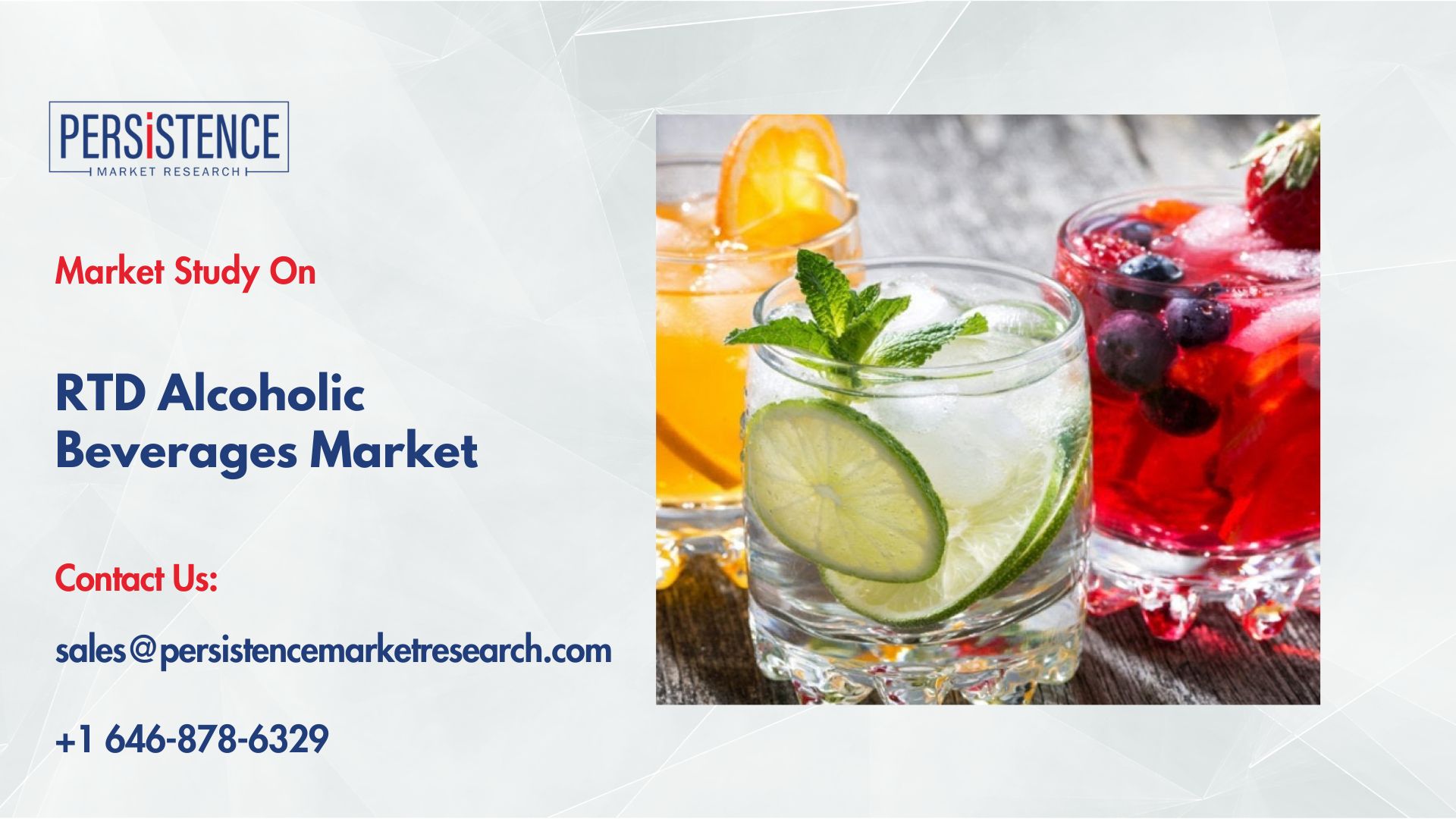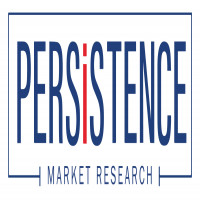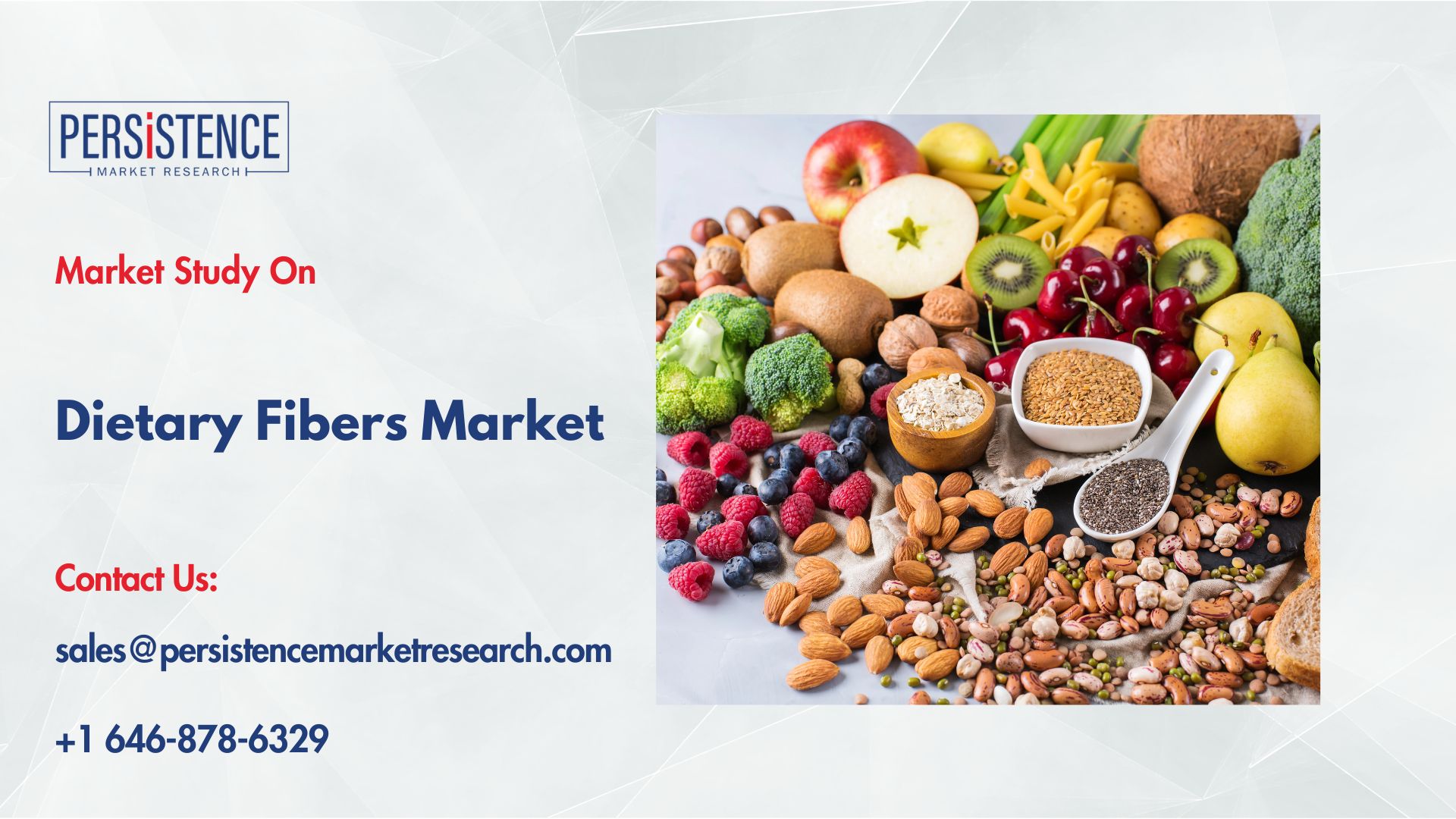RTD Alcoholic Beverages Market Growth Trends and Consumer Preferences

The Ready-to-Drink (RTD) alcoholic beverages market has experienced remarkable growth over the past decade, fueled by shifting consumer preferences, lifestyle changes, and innovation in product offerings. RTD alcoholic beverages, which include pre-mixed cocktails, hard seltzers, malt beverages, and other flavored alcoholic drinks, offer convenience, variety, and portability. These factors have made RTD products increasingly popular across various demographic groups, especially among millennials and Gen Z consumers.
Market Growth Overview
The RTD alcoholic beverages market is estimated to increase from US$ 20.3 Bn in 2025 to US$ 28.2 Bn by 2032. The market is projected to record a CAGR of 4.8% during the forecast period from 2025 to 2032. The industry is gaining popularity due to its convenience and versatility catering to various tastes and preferences. Asia Pacific is expected to command a substantial share of the RTD alcoholic beverages market driven by rising consumer incomes and a growing number of working women in countries such as China, India, Indonesia, and Japan.
Key growth drivers include:
• Rising preference for convenience: Busy lifestyles have led consumers to seek ready-made drinks that do not require mixing or preparation.
• Innovation and variety: The market has seen an influx of new flavors, packaging designs, and formulations (such as low-calorie or low-alcohol options), attracting a broader consumer base.
• Health-conscious trends: Many RTD beverages now incorporate natural ingredients, lower sugar content, and organic components, catering to health-aware drinkers.
• Expanding distribution channels: Online sales, convenience stores, and on-premise venues have made RTDs more accessible to consumers globally.
Consumer Preferences Shaping the Market
The rise in RTD alcoholic beverage consumption is closely linked to evolving consumer tastes and preferences. Understanding these factors is critical for industry players to align their products and marketing strategies effectively.
Millennials and Gen Z Driving Demand
Young consumers are at the forefront of RTD alcoholic beverage consumption. These groups prefer products that emphasize experience, authenticity, and social shareability.
• Convenience and portability: RTDs allow easy consumption during social outings, festivals, and outdoor events without the need for bartending skills.
• Flavor diversity: These consumers enjoy experimental and exotic flavors such as tropical fruits, botanicals, and innovative blends.
• Health and wellness: Lower calorie and alcohol options with natural ingredients appeal strongly to this demographic.
• Sustainability: Environmentally conscious packaging and ethically sourced ingredients are increasingly influencing purchase decisions.
Flavor and Product Innovation
The RTD market thrives on novelty and innovation. Brands constantly experiment with new formulations to capture consumer interest.
• Hard seltzers, known for their light and refreshing taste with a moderate alcohol content, have gained immense popularity worldwide.
• Pre-mixed cocktails that replicate classic bar drinks (like margaritas, mojitos, and gin & tonics) attract consumers seeking authentic taste without the hassle.
• Emerging flavors such as matcha, CBD-infused cocktails, and exotic fruit blends tap into niche consumer desires.
Packaging and Branding
Packaging plays a significant role in the RTD market, where shelf appeal and convenience are paramount.
• Sleek cans and bottles with eye-catching designs enhance consumer engagement.
• Smaller portion sizes cater to moderation trends and appeal to female consumers.
• Eco-friendly packaging solutions are gaining traction as consumers become more environment-conscious.
Channels of Distribution
The growth of RTD alcoholic beverages is also facilitated by the expansion of distribution channels:
• E-commerce platforms: Online retail has become a convenient way for consumers to explore and purchase RTD products, especially in regions with restrictive liquor store access.
• Convenience stores and supermarkets: Ready availability in retail outlets supports impulse buying.
• On-premise venues: Bars, restaurants, and events offer RTDs as quick serve options, especially in markets where cocktail preparation time is a limiting factor.
Challenges and Market Dynamics
Despite the positive outlook, the RTD alcoholic beverages market faces some challenges:
• Regulatory restrictions and labeling requirements vary significantly across regions, impacting market entry strategies.
• Consumer concerns around alcohol content and health effects can limit growth in certain demographics.
• Intense competition with traditional alcoholic beverages like beer, wine, and spirits requires continuous innovation and brand differentiation.
Future Outlook and Trends
The RTD alcoholic beverages market is poised for continued expansion with several emerging trends likely to shape its future:
• Premiumization: Consumers are willing to pay more for premium RTD options that use high-quality ingredients, artisanal spirits, and sophisticated flavors.
• Functional beverages: Incorporation of ingredients like vitamins, adaptogens, and probiotics is expected to boost health-oriented RTDs.
• Customization and personalization: Brands may leverage technology to offer tailored flavor profiles or alcohol levels to suit individual preferences.
• Globalization: RTD alcoholic beverages are expanding rapidly beyond traditional strongholds such as North America and Europe into Asia-Pacific, Latin America, and Africa, where changing lifestyles create new demand.
________________________________________
Key RTD Alcoholic Beverage Market Statistics and Trends
• The hard seltzer segment is forecast to grow at the highest CAGR due to its appeal to health-conscious consumers.
• Female consumers represent a growing share of RTD purchasers, driven by product formats tailored to their preferences.
• Craft RTD beverages combining premium spirits with natural flavors are gaining market share.
• The rise of social media marketing and influencer endorsements significantly boosts product visibility and consumer engagement.
________________________________________
Summary of Consumer Preferences in RTD Alcoholic Beverages
• Flavor Variety: Tropical, botanical, and exotic fruit flavors dominate.
• Low-Calorie and Low-Alcohol Options: Preferred by health-conscious demographics.
• Convenience: Single-serve cans and bottles enable portability.
• Sustainability: Demand for eco-friendly packaging and responsible sourcing.
• Premium Ingredients: Craft spirits and natural additives enhance appeal.
Conclusion
The RTD alcoholic beverages market is a dynamic sector characterized by steady growth driven by changing consumer lifestyles, a desire for convenience, and an appetite for innovation. As younger, health-conscious consumers become the core audience, the market is evolving to include a wider range of flavorful, low-calorie, and sustainably packaged options.
To capitalize on the growing opportunities, brands must focus on product innovation, transparent marketing, and sustainability efforts. With increasing distribution channels and expanding global reach, the RTD alcoholic beverages market is set for robust growth, transforming how consumers enjoy alcoholic beverages in the coming years.
𝐄𝐱𝐩𝐥𝐨𝐫𝐞 𝐭𝐡𝐞 𝐋𝐚𝐭𝐞𝐬𝐭 𝐓𝐫𝐞𝐧𝐝𝐢𝐧𝐠 "𝐄𝐱𝐜𝐥𝐮𝐬𝐢𝐯𝐞 𝐀𝐫𝐭𝐢𝐜𝐥𝐞”:
• https://www.openpr.com/news/4060819/phased-array-ultrasonic-testing-market-driven-by-rising-demand
• https://www.openpr.com/news/4060867/turf-care-equipment-market-growth-driven-by-industrial
• https://www.openpr.com/news/4060883/europe-lithium-ion-battery-market-driven-by-rising-demand
Note: IndiBlogHub features both user-submitted and editorial content. We do not verify third-party contributions. Read our Disclaimer and Privacy Policyfor details.







